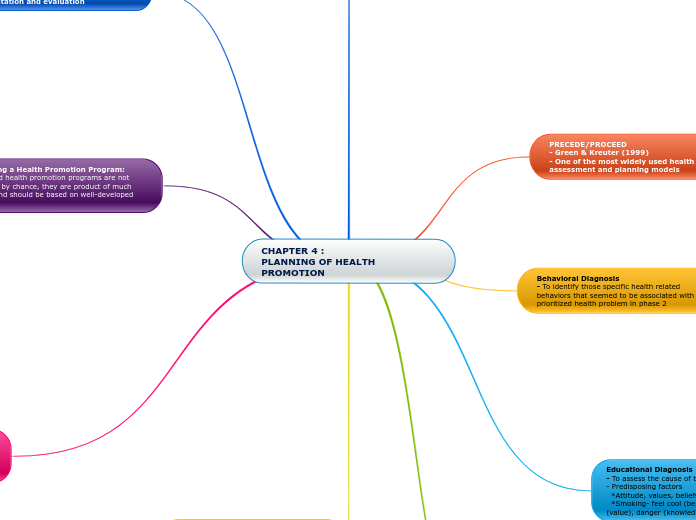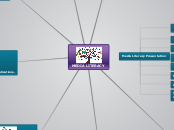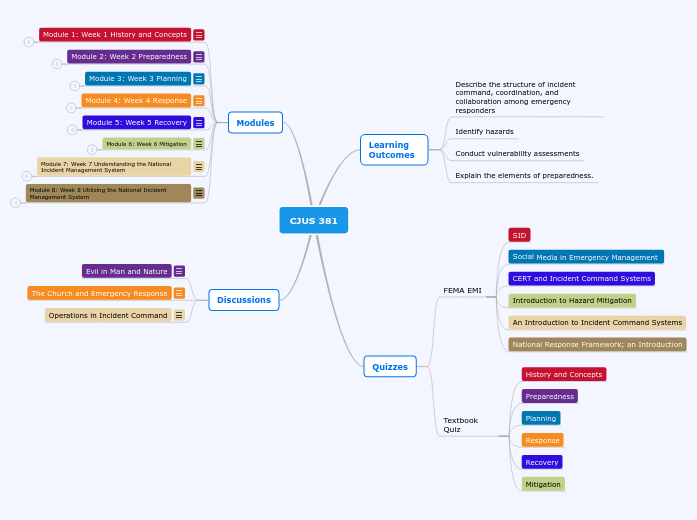jonka NUR SYAZZANA BT SUHAIMI 4 vuotta sitten
400
CHAPTER 4 : PLANNING OF HEALTH PROMOTION
Planning effective health promotion programs involves detailed and strategic efforts grounded in well-established models. These programs aim to address social issues like unemployment, crime, and welfare dependency to improve the quality of life in target populations.









